Exploration of hidden structure and prediction of gas anomaly area based on gas control projects
-
摘要:
隐伏构造勘查与瓦斯异常区域预测研究是瓦斯灾害防治工程的基础。根据中国煤矿生产法律规章,开采具有瓦斯灾害危险的煤层前,必须实施瓦斯抽放工程。通常,地质异常区域即是瓦斯灾害危险区,构造应力场和采动应力场的叠加会扰动煤体并加压瓦斯。为精准定位地质异常区,评价其瓦斯致灾潜能,提出了一种基于瓦斯抽采工程进行瓦斯异常区域勘测的研究方法。该方法利用抽采钻孔参数和施工记录,采集钻孔数据并计算煤层顶底板控制点坐标,进而利用二维投影图件及三维应力场模型对隐伏地质构造(如小的断层、褶曲、局部煤厚异常变化等)进行勘查和预测;通过分析小型地质构造周围的附加应力场,并对瓦斯致灾潜能进行动态预测。应用该方法,可以对地质异常区进行精细调查,揭示采煤工作面瓦斯地质演化的一般规律。其研究结果为高瓦斯或突出煤层瓦斯灾害防治措施优化设计及有效实施提供科学依据。
Abstract:The investigation of hidden structures and the prediction of gas abnormal area form the foundation of gas disaster prevention engineering. In accordance with the laws and regulations governing coal mining in our country, a gas pumping project must be implemented prior to mining coal seams with a gas hazard. Typically, geologic anomaly area represent gas hazard zones, where the combination of tectonic stress field and mining-induced stress field can disturb coal bodies and pressurize gas. To accurately locate geologic anomaly areas and evaluate their gas disaster potential, a gas geologic anomaly survey method has been proposed based on gas extraction projects. This method uses drilling parameters and records to calculate the coordinates of the control points of the coal seam roof and bottom, and then utilizes two-dimensional projection diagrams and three-dimensional stress field models to survey and forecast small, hidden geological structures (such as small faults, folds, and locally abnormal coal thicknesses). By analyzing the additional stress field surrounding small geological structures, gas disaster potential can be dynamically predicted. The application of this method enables the detailed investigation of geological anomalies and reveals the general pattern of gas geological evolution at coal mining worksites. The research results provide a scientific basis for the optimal design and effective implementation of disaster prevention and control measures for coal seams with high gas content or at risk of gas outbursts.
-
0. 引言
森林大火摧毁植被,一方面使土体失去了植被和根系的加固保护能力,产生的灰烬及其他细颗粒可能堵塞土体孔隙并造成表层封闭[1 − 2];另一方面,增强了土体斥水性对降雨入渗的阻碍作用[3 − 4]。土体的渗透系数与火烧严重程度有关[5],较低的火烧度对渗透系数的影响较为微弱,而当火烧程度增加到一定程度,受火烧土体的渗透系数会随火烧度的增加而呈指数递减。总体来讲,火灾后,山地表层水力条件的改变能够降低土体的渗透系数[6],从而产生更大地表径流,使泥石流具有较低的临界阈值。
目前,关于火灾泥石流的研究区域主要集中在美国西部,另外澳大利亚东南部、加拿大和瑞典等地也有一些研究[7 − 10],其他国家和地区鲜有关于火灾泥石流的研究。近年国内西南地区也出现了森林大火,开始频频发生火后泥石流等次生灾害。国内学者[11 − 14]开展了火后泥石流成因机理、发育特征等方面研究工作。本文侧重在降雨作用下火后泥石流响应特征方面的研究,此项工作以仁额拥沟为研究对象。
1. 研究区域
1.1 自然环境
研究区位于中国西部横断山脉的干旱高山区,流域面积24.28 km2。流域近似呈正三角形形状,最高点位于流域最北端,海拔4222 m;出口位于正西端,海拔2855 m;流域内部共发育9条支沟(1#—9#),水流经这些支沟汇流后由位于最西端的出口排出(图1)。流域内主沟沟道宽度变化较大,兼有”V”型和”U”型形态,宽度2~30 m不等。其中,泥石流发生的1#—3#沟的基本情况见表1。
表 1 1#—3#支沟基本信息Table 1. Geographic information of branches No.1−No.3编号 流域面积/km2 沟长/m 平均坡度/(°) 1# 0.37 544 27 2# 0.73 755 26 3# 2.30 836 15 流域属大陆性季风高原型气候,降雨量少而集中在6—9月,干湿季节分明,日照充足。根据邻近乡城县气象站(研究区东南方向33 km)的统计,最大年降水量730.7 mm,多年平均降水量472.62 mm,多年平均蒸发量2362 mm,为降水量的5.28倍,为典型的干旱河谷地区。流域内植被以乔木、高山松为主的青杠混交林。
流域内无断层穿过,但区域附近有较多断层分布,断层走向多为近南北向,其中沟口位置断层为一南北向逆断层(图2),流域东部边界是东3~4 km处有另一条与流域边界近乎平行的南北向逆断层。流域附近的地震活动整体不频繁,现有记录的最高地震为1974年6月5日发生在流域东北方向27 km的5.3级地震。区域岩层分界线多为近南北向,这些岩层分界线将整个流域划分为4类岩性区(图2),上游区为三叠系黑色板岩,中游区为三叠系黑色板岩夹石英砂岩,下游区两岸出露三叠系板岩夹灰岩,河床出露第四系的冲洪积堆积物。岩性总体上以软质岩为主。
1.2 火烧强烈程度
2014年6月1日,由于高压输电工人在作业期间的不规则用火导致当日18时开始,乡城县元根山出现森林大火。此次森林大火持续到6月5日10时,受火灾影响的区域主要为流域南部及其外围的元根山,面积共计40 km2,其中处于仁额拥沟内的面积5.4 km2。而仁额拥沟南部的1#、2#和3#支沟处于火灾影响范围内。此次火灾影响区内森林以高山松树为主,地表有灌丛和草甸覆盖。
为了确定受火灾影响地区的火烧强烈程度,我们在火烧区共开挖了4座长1.5 m、宽0.5 m、深0.3~0.6 m的探槽S1—S4(图3),进行了现场槽探工作,以评估火灾对土壤性质变化的影响,从而得出植被烧伤程度,并完成火烧强烈程度分级图(图1)。
现场调查发现,3#支沟部分地区的树木被强烈燃烧,约有20%的树木倾倒,枝叶被大火清除干净,仅有烧黑的树干残留,但从强烈过火区的探槽来看,土体表层变化不明显,植物根系完好,受影响的只有几厘米深。在植被燃烧程度相对较高的区域,灰烬层的深度一般小于1.0 cm,上部3~4 cm的根系是烧焦的,但下部的根还是活的,表明该区域为中度火烧区[14 − 15]。1#、2#支沟大部分地区表面只是轻度燃烧,虽然所有地表凋落物、草本植物和灌木也被烧掉,但被火烧后倾倒的树木十分有限,部分低矮的根茎被烧焦了,然而顶层的一些树枝只是被烤干,仍然有些绿色的树冠,在野火过后的春天,树木绿色的树枝和叶子覆盖。在植被燃烧程度相对较轻的区域,灰烬层深度为0.5 cm,上部1~2 cm的根被毁,表明此区域为低度火烧区。在植被燃烧严重程度较低的地区,观察到的灰烬较少,根系被烈火破坏的程度较低,进一步表明该区域火烧程度较低。
基于野外调查、遥感数据和现场探槽等方法,我们完成了火烧强烈程度的分级(图1)。根据图1,可以在表2中给出具有低度和中度火烧程度的区域面积。统计分析表明,1#、2#和3#支沟的流域受火灾影响的面积较大,分别占各自流域总面积的83.8%、87.7%和91.7%。流域内3#支沟的火烧强烈程度最高,71.6%的流域为中度火烧,而1#、2#支沟分别有32.2%和29.7%的流域为中度火烧。此结果和实际泥石流发生情况较吻合,即整体流域为低火烧区的1#、2#支沟暴发泥石流的概率小于整体流域为中火烧区的3#支沟。
表 2 1#—3#支沟火烧强烈程度及面积统计Table 2. Summary of fire severity classification and affected areas of branches No.1−No.3编号 火烧面积/km2 轻度火烧/km2 中度火烧/km2 1#支沟 0.31 0.21 0.10 2#支沟 0.64 0.45 0.19 3#支沟 2.11 0.6 1.51 2. 数据及处理
2.1 泥石流发生情况
根据调查,仁额拥沟在2014年6月的森林大火后至今共暴发泥石流4次(表3)。
表 3 泥石流基本情况Table 3. Basic property information of the debris flows序号 时刻 位置 冲出量
/(104 m3)前期3 d
降雨量/mmDF1 2014年6月8日16:08 3# 0.8 1.11 DF2 2014年6月30日16:00 3# 1.4 14.84 DF3 2014年7月10日23:20 3# 0.5 0.81 DF4 2015年8月24日19:43 1#、2#、3# 2.2 39.97 乡城县正斗乡坐落在仁额拥沟沟口的堆积扇上(图2)。2014年6月8日,当地政府部门正在正斗乡就火灾后的各项问题进行讨论时,当地的地质灾害巡逻员发现河道有断流现象,即刻通知当地群众撤离,当时流域下游仅有零星小雨。泥石流暴发后,四川省地质工程勘察院被指派进行应急勘察,2014年7月10日晚,入住当地小学时,听见沟道内泥石流流动的声音,当晚彻夜未眠。2015年8月24日,天气预报预测了强降雨过程,当地政府部门提前发布了灾害预警信息,在泥石流发生前,地质灾害监测员根据河道断流现象再次发布警报,保障了当地居民有足够的撤离时间。尽管4次泥石流冲毁了公路、房屋、农田(图4),但是并未造成人员伤亡,经济损失被评估为1800万元。
2.2 气象数据
在中国西部,绝大多数气象站位于山间谷地,那里有更多的村民居住,基础设施相对更好,而在泥石流形成区的山顶源头气象站较少。经过细致筛查,我们最终选择了3处气象站的降雨数据,分别是位于沟口的正斗站、位于流域山背后河谷的热打站、位于流域北端山背后河谷的阿都站。这3个站呈一个三角形将研究区夹杂在其间(图2)。雨量站的其他信息见表4。
表 4 3处雨量站基本情况Table 4. Summary of the basic property information of the three rain gauges序号 气象站名 海拔/m 距泥石流沟
距离/km精度/mm 1 正斗站 2858 4.10 0.1 0.577 2 热打站 3363 5.56 0.1 0.313 3 阿都站 2783 9.40 0.1 0.110 雨量站距离泥石流发生区域有一定距离,根据雨量站相互位置关系可以推测泥石流发后区域的降雨过程[16 − 17],计算公式如下:
(1) (2) 其中:
3. 分析和结果
3.1 降雨过程
对收集到的正斗、热打和阿都3站的泥石流发生的小时降雨数据采用距离修正的方式进行处理,最后绘制出4次泥石流发生前后的降雨过程线(图5)。图5中显示,2014年发生的3次泥石流的激发降雨为短历时低强度降雨,DF1与DF2发生时,降雨量非常低,当时在沟口下游开会商讨火后灾害处理对策的水务局人员反映,当时雨量很小;而DF3发生时水务局人员在下游小学内见证泥石流向下游运动时,也仅零星小雨。2015年DF4发生之前,19:00左右开始突降暴雨,泥石流源区的降雨一开始便增至26.39 mm/h,沟口的降雨更是达到了38.5 mm/h,之后1 h便降到5 mm/h以下。19:43左右,泥石流到达沟口,若考虑泥石流的汇流时间,则泥石流应在降雨开始后不久即暴发。比较4次泥石流的激发降雨可以发现,火灾后第一年,泥石流的激发降雨非常低,为短历时低强度降雨,而火后第2年,泥石流的激发降雨有了显著增加,为短历时高强度降雨。
3.2 泥石流启动过程
根据现场调查,4次泥石流均暴发于受火灾影响的区域。DF1—DF3主要启动于3#支沟,而在2015年8月24日,在1#、2#、3#支沟及其附近的更小流域面积的支沟内均暴发了泥石流。只是那些小支沟的流域面积很小,在图1上难以表示,文中只列举了1#、2#和3#支沟的情况。
3.2.1 2014年泥石流活动情况
2014年泥石流的启动区域位于3#沟上游(图6)。在3#沟上游发现,坡面上可见大量被火烧后倾倒的树干,地表覆盖有一层黑色的灰烬层,槽探显示灰烬层以下树根完整,火灾对该地区乔木深部根系的影响不大。表面上分离的烘干层分布较多,现场发现坡面上的灰烬层与表层浮土有顺坡流动痕迹。沟道底部衍生的切沟道宽0.5~0.8 m,深0.4~0.6 m,沟底无泥石流淤积,有石块出露,沟沿上倾斜的灌丛树枝显示当时的泥石流填充了整个断面,泥石流流量小于1 m3/s。降雨在坡面上汇流后形成地表径流,在陡峻的地形条件下,径流裹挟坡面表层的灰烬层和烘干层形成高含沙水流,侵蚀能力增加,在侵蚀过程中致使容重和流量增加,但由于径流量小,侵蚀能力有限,运动的物质以细颗粒为主。
物源区下游,沟道纵比降减小,但两岸坡面坡度增加到35°~45°,为“V”形沟道。径流沿程放大后侵蚀岸坡,致使斜坡滑动失稳频发。3#支沟下游两岸不间断有滑坡分布(图7),滑动以浅表层为主,绝大部分的滑动厚度在2 m以下,体积从十几到上百立米,滑向沟道,部分或者全部堵塞住沟道,此外大量火烧后的树干也造成了堵塞。由于沟道堵塞,泥石流淤积后再溃决导致流量陡然增大。
3.2.2 2015 年泥石流活动情况
DF4发生后,着重对新暴发泥石流的1#(图8)和2#支沟(图9)进行了调查。其中2#支沟内泥石流的启动过程与DF1在3#支沟内的启动过程相似,但1#支沟内的启动过程有一些不同。
1#沟物源区也经历了森林火灾,火灾致使地表灌丛和乔木下部树枝被烧毁,而树冠位置已散发新叶。根据沟道比降,1#支沟可分为三段,其中中部段地形比降最大(图8),约为32°,为泥石流的形成区,上部和下部段的比降则相对较缓,为清水提供区与堆积区。在泥石流形成区的末端,1#沟东西两侧各分离出1条小支沟,中间夹杂一个平台。降雨发生后,在东西两侧支沟中首先形成高含沙地表径流,径流在到达泥石流形成区位置,由于沟道比降增加,径流侵蚀能力显著增大,高含沙水流逐步转化为泥石流。中间平台受两侧泥石流的侵蚀发生滑动,厚度达到3~4 m,平台上的树木横七竖八躺着。受泥石流发生前3日内9.2 mm降雨的作用,土体含水率高,中间平台滑动后液化即形成泥石流促使泥石流规模增大。泥石流在陡峭的坡面运动中继续侵蚀坡面土体致使泥石流规模显著增加。
总的来说,发生在仁额拥沟内3条支沟中多次泥石流的启动方式是类似的,即:降雨作用下形成地表径流,径流侵蚀地表灰烬层和岩土碎屑形成高含沙水流;高含沙水流在运动过程中不断侵蚀后导致泥石流形成并规模扩大。不同之处在于,1#沟内的泥石流包含了浅层滑坡液化而转化的成分。规模放大方面,1#沟内泥石流主要是因为沟底的侵蚀,而3#沟内的泥石流则主要由沟岸破坏与沟道堵溃共同作用导致。
并不是所有的受火灾影响的流域都会发生泥石流,受火灾影响的流域对降雨的响应可以是泥石流、高含沙水流,也可能是无响应。仁额拥沟泥石流的特别之处在于,虽然该流域内遭受的火烧程度不高,但是火后的局部降雨却在火烧区激发了泥石流,且泥石流暴发的频率很高;另外,2014年的3次降雨过程激发了3#沟内的3次泥石流,但是1#和2#沟虽然具有更大的沟道比降却无响应。这些事实让我们相信,火后泥石流发生的可能性虽然与火烧程度有关,但森林大火所不能改变的流域地质条件、流域面积、地形比降等因素同样会影响泥石流的发生。火后泥石流的发生应该是火烧严重程度、降雨特征、集水区形态、岩土体性质和气候条件等之间的相互作用。
4. 讨论
4.1 坡面径流效应机制
坡面径流是在强度超过坡面土体入渗速率时产生的,火灾前后坡面土体渗透率的变化是泥石流暴发的重要因素。在自然降雨条件下由于植被覆盖率高能够延缓降雨入渗速率,故一般情况下植被覆盖率高的坡面在降雨期间径流较小。但是仁额拥沟地处川西高原,生态环境条件本就相对脆弱,火灾过后的坡体保水能力进一步降低,植被更加稀疏(图10),缺少了树冠和枝叶对雨水的遮挡,在相同的降雨条件下,火烧区的坡面更易形成坡面径流。坡面径流对火灾后土体的灰烬层和烘干层有一定的冲刷力,且存在的动水压力可使坡面土体失稳。同时由于坡体本身风化程度较高,森林火灾又加剧了坡体的风化,这些潜在物源和火灾后形成的草木灰和枯木叶等将会由降雨形成的坡面径流一起带入沟道(图11)。坡面径流的增加一定会加剧火烧区坡面水土的流失,为泥石流提供更加丰富的物源。
4.2 侵蚀效应机制
森林火灾对坡体表层土体的侵蚀破坏主要表现在对植被的破坏从而降低土体的抗侵蚀能力。火灾过后,植被树冠、枝叶及草本植物被烧毁,导致植被对雨水的消能作用和对坡面汇流削弱作用降低甚至消失,加剧表层土体的侵蚀。火烧区坡面上的松散物源在降雨和坡面径流作用下首先会形成重度较大的高含沙水流,汇流过程中不断加剧坡面的重力侵蚀,进入沟道后会继续强烈侵蚀沟床和沟岸而形成大量的沟道和岸坡物源。现场情况显示,1#支沟冲刷深度一般为1~5 m;2#支沟冲刷深度为0.5~1 m,其余支沟冲刷深度为1~3 m(图12)。此外,火灾形成的残缺木头也可能堵塞沟道,继而形成堵溃型泥石流,进一步加大下游侵蚀力度,使得原来的沟道不断拓宽。同时,森林火灾将强烈加剧区域的沟蚀作用,坡面上会形成许多新的冲沟,随着时间推移,沟蚀作用不断加剧逐步演化成具有一定规模的支沟。
5. 结论
(1)泥石流降雨阈值在火后非常低并有随时间推移而增高的趋势。
(2)仁额拥沟内的火后泥石流具有高频率特征,启动原因除了火后天然植被的消失,表层灰烬层和烘干层遍布、土壤斥水性的增加,也与流域本身的性质(地质与土源条件、沟道比降和区域干燥的气候条件)密切相关。
(3)各支沟内泥石流降雨阈值差异的主要原因是流域面积的差异,泥石流侵蚀受制于径流量大小。
(4)火后泥石流更多的是降雨形成的径流冲刷启动,后期可能出现滑坡启动。
(5)降雨对火烧迹地坡面径流效应和侵蚀效应具有放大作用。
-
表 1 不同构造类型趋势面分析表
Table 1 Analysis table of trending surfaces for different tectonic types
构造
类型构造模型 煤层顶板/底板
等值线示意图趋势面残差示意图 断层 走向
断层


倾向
断层


褶曲 


表 2 不同构造类型叠加应力场数值模拟
Table 2 Numerical simulation of superimposed stress fields of different tectonic types
构造
类型0°夹角断层 45°夹角断层 90°夹角断层 构造模型 


开采前 


20 m迎头 


6 m迎头 


-
[1] 李忠华,梁影,包思远,等. 断层冲击地压的影响因素分析[J]. 中国地质灾害与防治学报,2020,31(3):126 − 131. [LI Zhonghua,LIANG Ying,BAO Siyuan,et al. Analysis on influence factors of the fault rock burst[J]. The Chinese Journal of Geological Hazard and Control,2020,31(3):126 − 131. (in Chinese with English abstract) LI Zhonghua, LIANG Ying, BAO Siyuan, et al. Analysis on influence factors of the fault rock burst[J]. The Chinese Journal of Geological Hazard and Control, 2020, 31(3)126-131 (in Chinese with English abstract)
[2] PETER HATHERLY. Overview on the application of geophysics in coal mining[J]. International Journal of Coal Geology,2013,114:74 − 84. DOI: 10.1016/j.coal.2013.02.006
[3] 贾天让,王蔚,张子敏,等. 现代构造应力场下断层走向对瓦斯突出的影响[J]. 采矿与安全工程学报,2013,30(6):930 − 934. [JIA Tianrang,WANG Wei,ZHANG Zhimin,et al. Influence of fault strike on gas outburst under modern tectonic stress field[J]. Journal of Mining & Safety Engineering,2013,30(6):930 − 934. (in Chinese with English abstract) JIA Tianrang, WEI Wei, ZHANG Zhimin, et al. Influence of fault strike on gas outburst under modern tectonic stress field[J]. Journal of Mining & Safety Engineering, 2013, 30(6): 930-934. (in Chinese with English abstract)
[4] LI Shucai,LI Shuchen,ZHANG Qingsong,et al. Predicting geological hazards during tunnel construction[J]. Journal of Rock Mechanics and Geotechnical Engineering,2010,2(3):232 − 242. DOI: 10.3724/SP.J.1235.2010.00232
[5] 魏国营,王保军,闫江伟,等. 平顶山八矿突出煤层瓦斯地质控制特征[J]. 煤炭学报,2015,40(3):555 − 561. [WEI Guoying,WANG Baojun,YAN Jiangwei,et al. Gas geological control characteristics of outbursts coal seam in Pingdingshan No. 8 Mine[J]. Journal of China Coal Society,2015,40(3):555 − 561. (in Chinese with English abstract) WEI Guoying, WANG Baojun, YAN Jiangwei, et al. Gas geological control characteristics of outbursts coal seam in Pingdingshan No. 8 Mine[J]. Journal of China Coal Society, 2015, 40(3): 555-561. (in Chinese with English abstract)
[6] 崔洪庆,姚念岗. 不渗透断层与瓦斯灾害防治[J]. 煤炭学报,2010,35(9):1486 − 1489. [CUI Hongqing,YAO Niangang. Impermeable faults and prevention of gas hazards[J]. Journal of China Coal Society,2010,35(9):1486 − 1489. (in Chinese) Cui Hongqing, Yao Niangang. Impermeable faults and prevention of gas hazards[J]. Journal of China Coal Society, 2010, 35(9): 1486-1489. (in Chinese)
[7] ZHU Baolong. Quantitative evaluation of coal-mining geological condition[J]. Procedia Engineering,2011,26:630 − 639. DOI: 10.1016/j.proeng.2011.11.2216
[8] 杨陆武,彭立世,曹运兴. 应用瓦斯地质单元法预测煤与瓦斯突出[J]. 中国地质灾害与防治学报,1997,8(3):21 − 26. [YANG Luwu,PENG Lishi,CAO Yunxing. Application of gas geological division in controlling coal and gas outburst[J]. The Chinese Journal of Geological Hazard and Control,1997,8(3):21 − 26. (in Chinese with English abstract) YANG Luwu, PENG Lishi, CAO Yunxing. Application of gas geological division in controlling coal and gas outburst[J]. The Chinese Journal of Geological Hazard and Control, 1997, 8(3): 21-26. (in Chinese with English abstract)
[9] 冉恒谦,张金昌,谢文卫,等. 地质钻探技术与应用研究[J]. 地质学报,2011,85(11):1806 − 1822. [RAN Hengqian,ZHANG Jinchang,XIE Wenwei,et al. Applications study of geo-drilling technology[J]. Acta Geologica Sinica,2011,85(11):1806 − 1822. (in Chinese) RAN Hengqian, ZHANG Jinchang, XIE Wenwei, et al. Applications study of geo-drilling technology[J]. Acta Geologica Sinica, 2011, 85(11): 1806-1822. (in Chinese)
[10] YAO Ningping,ZHANG Jie,JIN Xing,et al. Status and development of directional drilling technology in coal mine[J]. Procedia Engineering,2014,73:289 − 298. DOI: 10.1016/j.proeng.2014.06.201
[11] LI Shucai, LIU Bin, XU Xianji, et al. An overview of ahead geological prospecting in tunneling[J]. Tunnelling and Underground Space Technology Incorporating Trenchless Technology Research, 2017, 63: 69 − 93.
[12] 汪佩,吕闫生,张金陵. 基于地质构造分区的瓦斯地质单元区划方法[J]. 煤炭技术,2021,40(2):89 − 92. [WANG Pei,LYU Yansheng,ZHANG Jinling. Gas geological unit dividing method based on geological structure zoning[J]. Coal Technology,2021,40(2):89 − 92. (in Chinese with English abstract) WANG Pei, LYU Runsheng, ZHANG Jinling. Gas geological unit dividing method based on geological structure zoning[J]. Coal Technology, 2021, 40(2): 89-92. (in Chinese with English abstract)
[13] CAI Yidong,LIU Dameng,YAO Yanbin et al. Geological controls on prediction of coalbed methane of No. 3 coal seam in southern Qinshui Basin,North China[J]. International Journal of Coal Geology,2011,88(2/3):101 − 112.
[14] PAUL S, CHATTERJEE R. Determination of sub-surface stress direction from coal permeability and underground cleat orientation mapping for coal bed methane exploration, Jharia Coalfield, India[C]//International Conference on Unconventional Sources of Fossil Fuels and Carbon Management (ICUSFFCM 2011), 2011, 87(2): 87 − 96.
[15] KANG H,ZHANG X,SI L,et al. In-situ stress measurements and stress distribution characteristics in underground coal mines in China[J]. Engineering Geology,2010,116(3 − 4):333 − 345. DOI: 10.1016/j.enggeo.2010.09.015
[16] YANG Wei,LIN Baiquan,ZHAI Cheng. A new technology for coal and gas control based on the in situ stress distribution and the roadway layout[J]. International Journal of Mining Science and Technology,2012,22(2):145 − 149. DOI: 10.1016/j.ijmst.2011.08.002
[17] 伍小刚,李天斌,张中,等. 传统瞬变电磁法的改进及其在隧道超前地质预报中的应用[J]. 水文地质工程地质,2021,48(1):163 − 170. [WU Xiaogang,LI Tianbin,ZHANG Zhong,et al. Improvement of the traditional transient electromagnetic method and its application to advanced geological forecast of tunnel[J]. Hydrogeology & Engineering Geology,2021,48(1):163 − 170. (in Chinese with English abstract) WU Xiaogang, LI Tianbin, ZHANG Zhong, et al. Improvement of the traditional transient electromagnetic method and its application to advanced geological forecast of tunnel[J]. Hydrogeology & Engineering Geology, 2021, 48(1): 163-170. (in Chinese with English abstract)
[18] SUN Xueyang, XIA Yucheng. Research on development character of middle and small size fault structure in DongPang Mine field on fractal theory[C]//2010 International Conference on Computing, Control and Industrial Engineering. June 5 − 6, 2010, Wuhan, China. IEEE, 2010: 170 − 174.
[19] NIU Yan, ZHAO Jun, LI Zhiyuan, et al. Optimization of geological and mineral exploration by integrating remote sensing technology and borehole database[J]. Wireless Communications and Mobile Computing, 2022: P717749.
[20] DENG Zhaopeng, CAO Maoyong, GENG Yushui, et al. Generating a cylindrical panorama from a forward-looking borehole video for borehole condition analysis[J]. Applied Sciences, 2019, 9(16): 3437.
[21] VAN DYKEM, KLEMETTI T, WICKLINE J. Geologic data collection and assessment techniques in coal mining for ground control[J]. International Journal of Mining Science and Technology,2020,30(1):131 − 139. DOI: 10.1016/j.ijmst.2019.12.003
[22] ZHANG Lei,PAN Jienan,ZHANG Xiaomin. Fuzzy comprehensive evaluation of mining geological condition in the No. 9 coal seam,Linhuan coal mine,Huaibei Coalfield,China[J]. Procedia Environmental Sciences,2012,12:9 − 16. DOI: 10.1016/j.proenv.2012.01.240
[23] 武强,陈红,刘守强. 基于环套原理的ANN型矿井小构造预测方法与应用—以淄博岭子煤矿为例[J]. 煤炭学报,2010,35(3):449 − 453. [WU Qiang,CHEN Hong,LIU Shouqiang. Methodology and application on size-limited structure predictions with ANN based on loop overlapping theory:A case study of Lingzi coal mine in Zibo[J]. Journal of China Coal Society,2010,35(3):449 − 453. (in Chinese with English abstract) WU Qiang, CHEN Hong, LIU Shouqiang. Methodology and application on size-limited structure predictions with ANN based on loop overlapping theory: a case study of Lingzi Coal Mine in Zibo[J]. Journal of China Coal Society, 2010, 35(3): 449-453. (in Chinese with English abstract)
[24] 孙米银. 基于钻孔成像的煤层地质趋势面分析技术[J]. 煤矿安全,2021,52(8):113 − 117. [SUN Miyin. Coal seam geological trend surface analysis technology based on borehole imaging[J]. Safety in Coal Mines,2021,52(8):113 − 117. (in Chinese with English abstract) Sun Miyin. Coal seam geological trend surface analysis technology based on borehole imaging[J]. Safety in Coal Mines, 2021, 52(8): 113-117. (in Chinese with English abstract)
[25] 贾晓亮,崔洪庆,张子敏. 断层端部地应力影响因素数值分析[J]. 煤田地质与勘探,2010,38(4):47 − 51. [JIA Xiaoliang,CUI Hongqing,ZHANG Zimin. Numerical simulation of geostatic stress influening factor at the end of fault[J]. Coal Geology & Exploration,2010,38(4):47 − 51. (in Chinese with English abstract) JIA Xiaoliang, CUI Hongqing, ZHANG Zimin. Numerical simulation of geostatic stress influening factor at the end of fault[J]. Coal Geology & Exploration, 2010, 38(4)47-51 (in Chinese with English abstract)
[26] 刘少伟,焦建康. 九里山井田断层构造区应力分析及区域划分[J]. 中国安全生产科学技术,2014,10(2):44 − 50. [LIU Shaowei,JIAO Jiankang. Stress analysis and division of fault tectonic region in Jiulishan coal field[J]. Journal of Safety Science and Technology,2014,10(2):44 − 50. (in Chinese with English abstract) LIU Shaowei, JIAO Jiankang. Stress analysis and division of fault tectonic region in Jiulishan coal field[J]. Journal of Safety Science and Technology, 2014, 10(2): 44-50. (in Chinese with English abstract)
[27] 李胜,罗明坤,范超军,等. 采煤工作面煤与瓦斯突出危险性智能判识技术[J]. 中国安全科学学报,2016,26(10):76 − 81. [LI Sheng,LUO Mingkun,FAN Chaojun,et al. Research on coal and gas outburst risk intelligent recognition in mining face[J]. China Safety Science Journal,2016,26(10):76 − 81. (in Chinese with English abstract) LI Sheng, LUO Mingkun, FAN Chaojun, et al. Research on coal and gas outburst risk intelligent recognition in mining face[J]. China Safety Science Journal, 2016, 26(10)76-81(in Chinese with English abstract)
[28] 关金锋. 采煤工作面小构造探测及动态分析方法研究[D]. 焦作: 河南理工大学, 2016. GUAN Jinfeng. Study on detection and dynamic analysis method of small structure in coal mining face[D]. Jiaozuo: Henan Polytechnic University, 2016. (in Chinese with English abstract)
[29] HATHERLY P,LEUNG R,SCHEDING S,et al. Drill monitoring results reveal geological conditions in blasthole drilling[J]. International Journal of Rock Mechanics and Mining Sciences,2015,78:144 − 154. DOI: 10.1016/j.ijrmms.2015.05.006
[30] YANG Wei,LIN Baiquan,XU Jiangtao. Gas outburst affected by original rock stress direction[J]. Natural Hazards,2014,72(2):1063 − 1074. DOI: 10.1007/s11069-014-1049-z
[31] 刘杰,王恩元,赵恩来,等. 深部工作面采动应力场分布变化规律实测研究[J]. 采矿与安全工程学报,2014,31(1):60 − 65. [LIU Jie,WANG Enyuan,ZHAO Enlai,et al. Distribution and variation of mining-induced stress field in deep workface[J]. Journal of Mining and Safety Engineering,2014,31(1):60 − 65. (in Chinese with English abstract) LIU Jie, WANG Enyuan, ZHAO Enlai, et al. Distribution and variation of mining-induced stress field in deep workface[J]. Journal of Mining and Safety Engineering, 2014, 31(1): 60-65. (in Chinese with English abstract)
[32] 勾攀峰,韦四江,张盛. 不同水平应力对巷道稳定性的模拟研究[J]. 采矿与安全工程学报,2010,27(2):143 − 148. [GOU Panfeng,WEI Sijiang,ZHANG Sheng. Numerical simulation of effect of horizontal stresses at different levels on stability of roadways[J]. Journal of Mining & Safety Engineering,2010,27(2):143 − 148. (in Chinese with English abstract) GOU Panfeng, WEI Sijiang, ZHANG Sheng. Numerical simulation of effect of horizontal stresses at different levels on stability of roadways[J]. Journal of Mining & Safety Engineering, 2010, 27(2): 143-148. (in Chinese with English abstract)
[33] BABAEI KHORZOUGHI M,HALL R. Processing of measurement while drilling data for rock mass characterization[J]. International Journal of Mining Science and Technology,2016,26(6):989 − 994. DOI: 10.1016/j.ijmst.2016.09.005
[34] 张纪星,师修昌. 浅埋采空区大采高条件下覆岩破坏规律[J]. 中国地质灾害与防治学报,2019,30(5):92 − 97. [ZHANG Jixing,SHI Xiuchang. Failure of overburden rock under large mining height in shallow buried goaf area[J]. The Chinese Journal of Geological Hazard and Control,2019,30(5):92 − 97. (in Chinese with English abstract) ZHANG Jixing, SHI Xiuchang. Failure of overburden rock under large mining height in shallow buried goaf area[J]. The Chinese Journal of Geological Hazard and Control, 2019, 30(5)92-97 (in Chinese with English abstract)
[35] 蒋金泉,武泉林,曲华. 硬厚覆岩正断层附近采动应力演化特征[J]. 采矿与安全工程学报,2014,31(6):881 − 887. [JIANG Jinquan,WU Quanlin,QU Hua. Evolutionary characteristics of mining stress near the hard-thick overburden normal faults[J]. Journal of Mining & Safety Engineering,2014,31(6):881 − 887. (in Chinese with English abstract) JIANG Jinquan, WU Quanlin, QU Hua. Evolutionary characteristics of mining stress near the hard-thick overburden normal faults[J]. Journal of Mining & Safety Engineering, 2014, 31(6): 881-887. (in Chinese with English abstract)
-
期刊类型引用(2)
1. 周康驰,常鸣,张宁,尹道龙,李林泽. 雅江县土窝沟火后泥石流物源动储量预测与灾变过程研究. 灾害学. 2025(02): 198-204 .  百度学术
百度学术
2. 黄韵琪,杨顺,黄江成,宋俊钢,焦加璇. 云南南景高速泥石流沟临界降雨阈值研究. 云南大学学报(自然科学版). 2025(03): 506-516 .  百度学术
百度学术
其他类型引用(2)





 下载:
下载:
















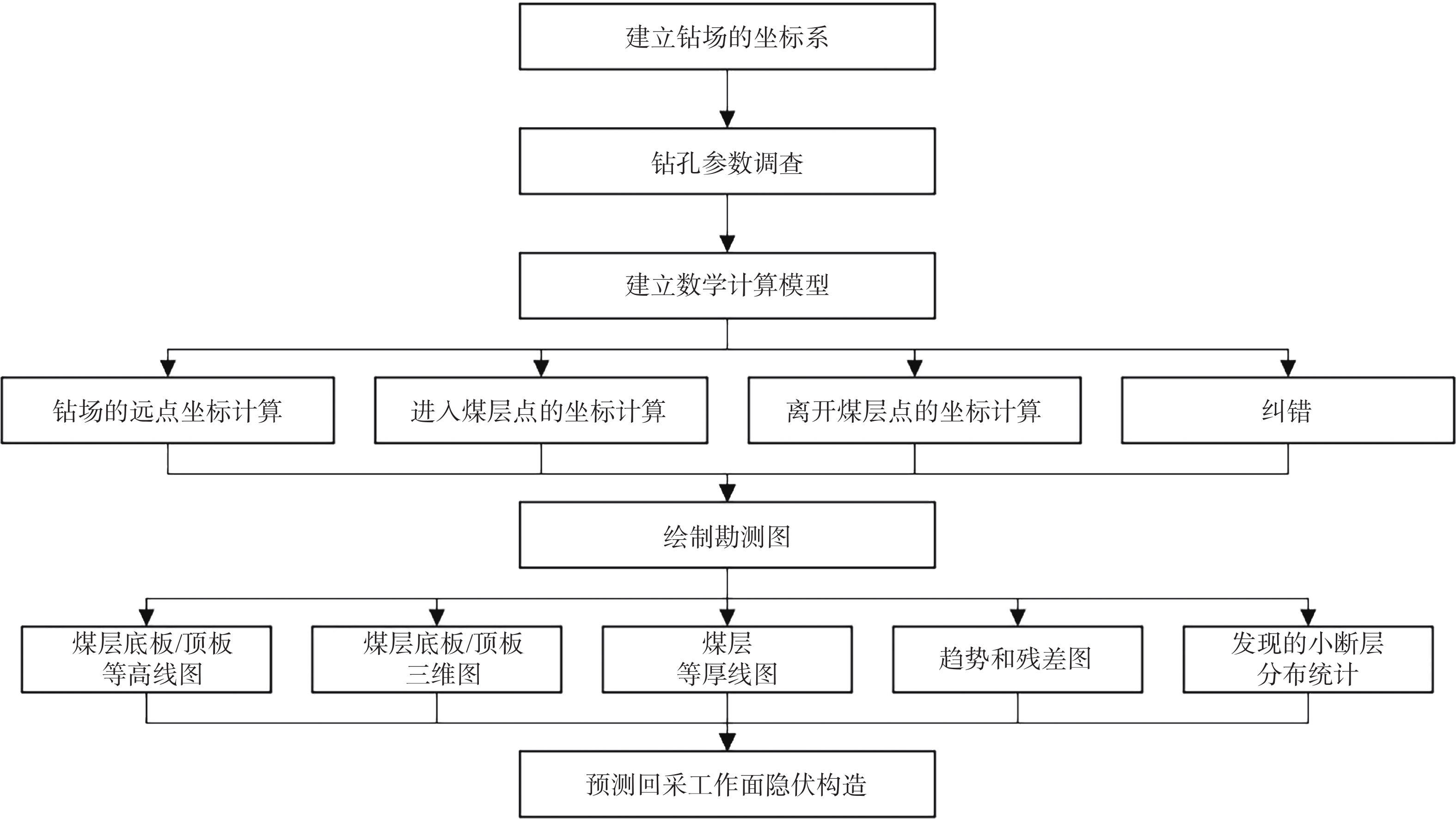
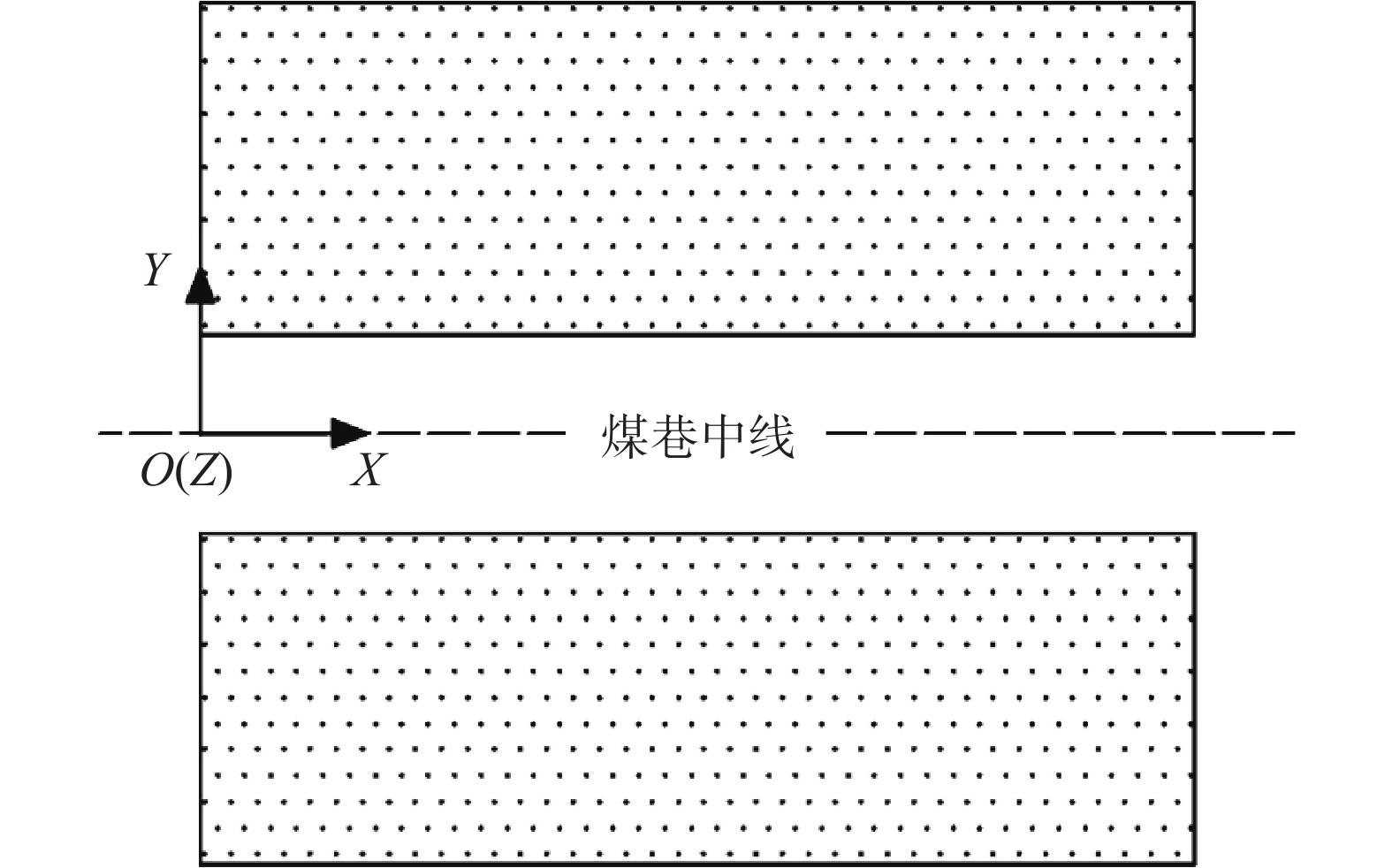
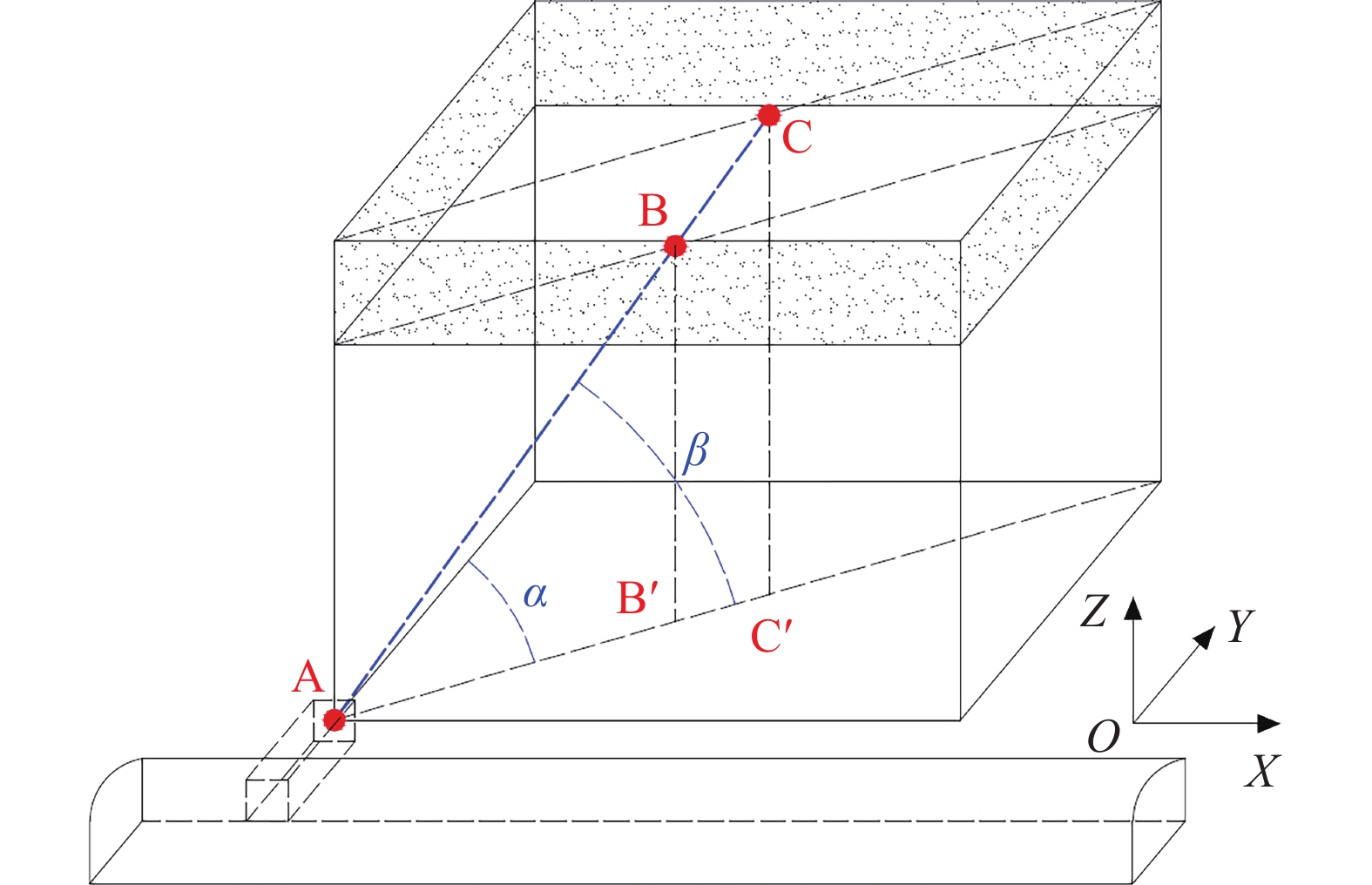
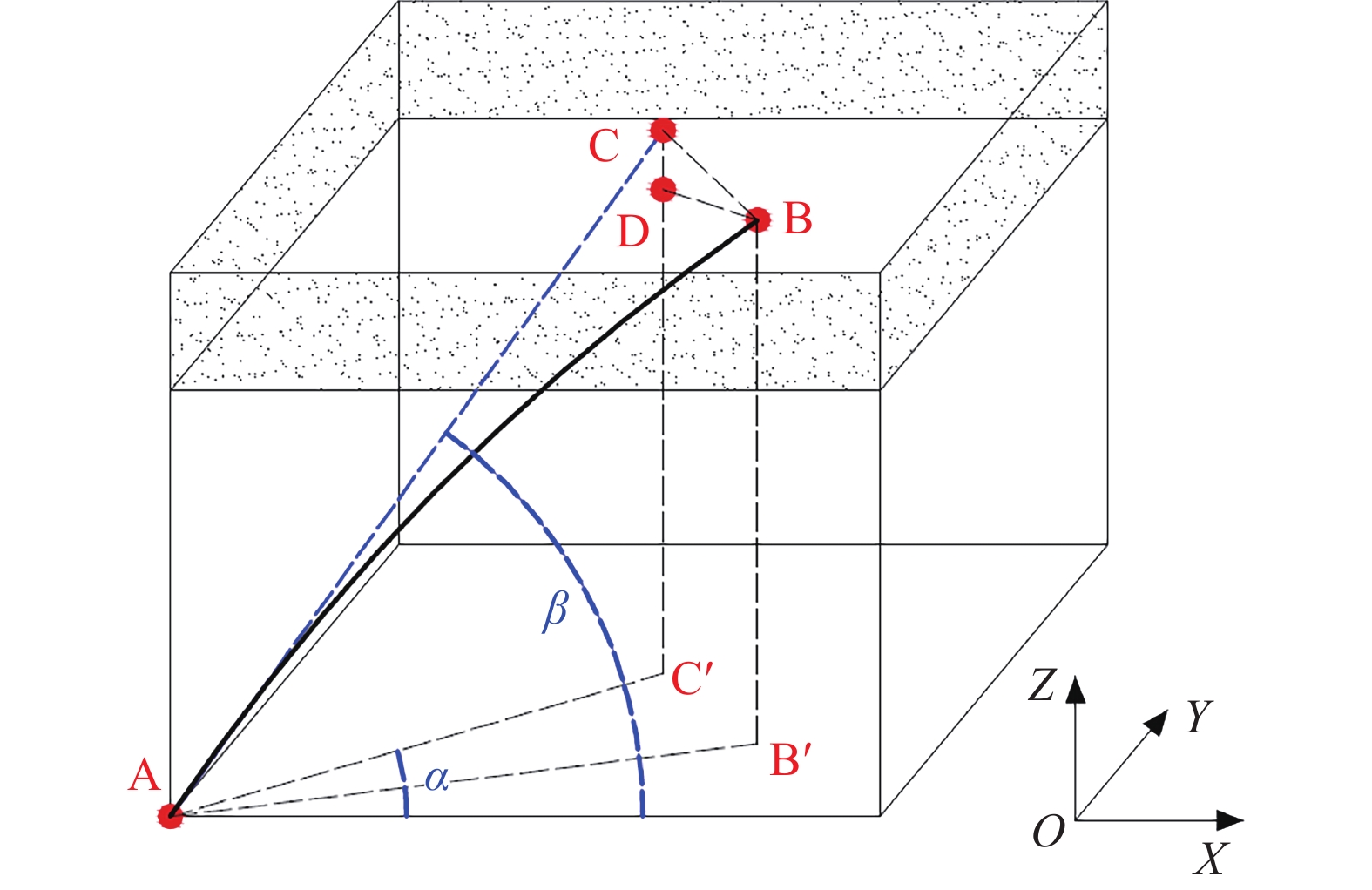

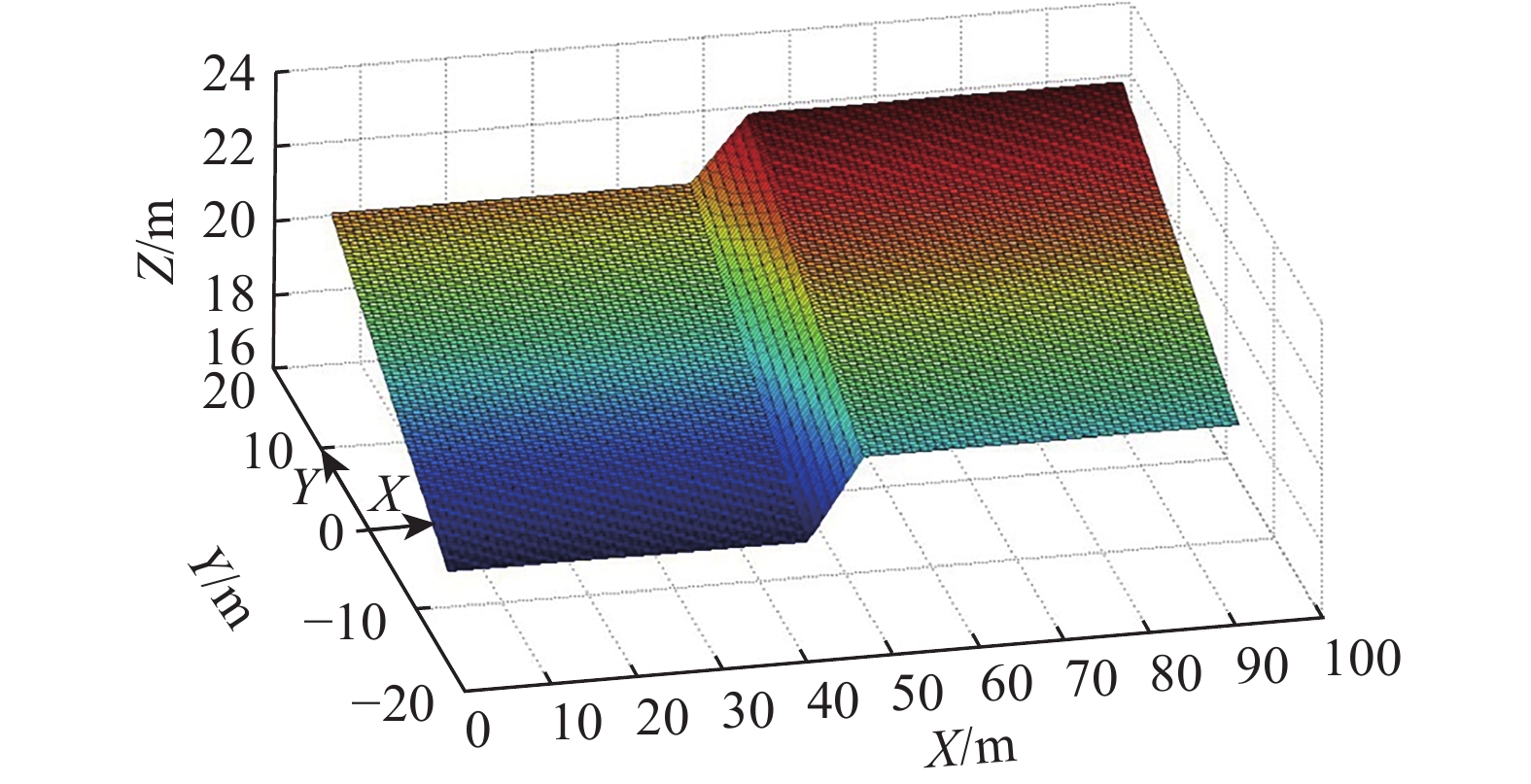
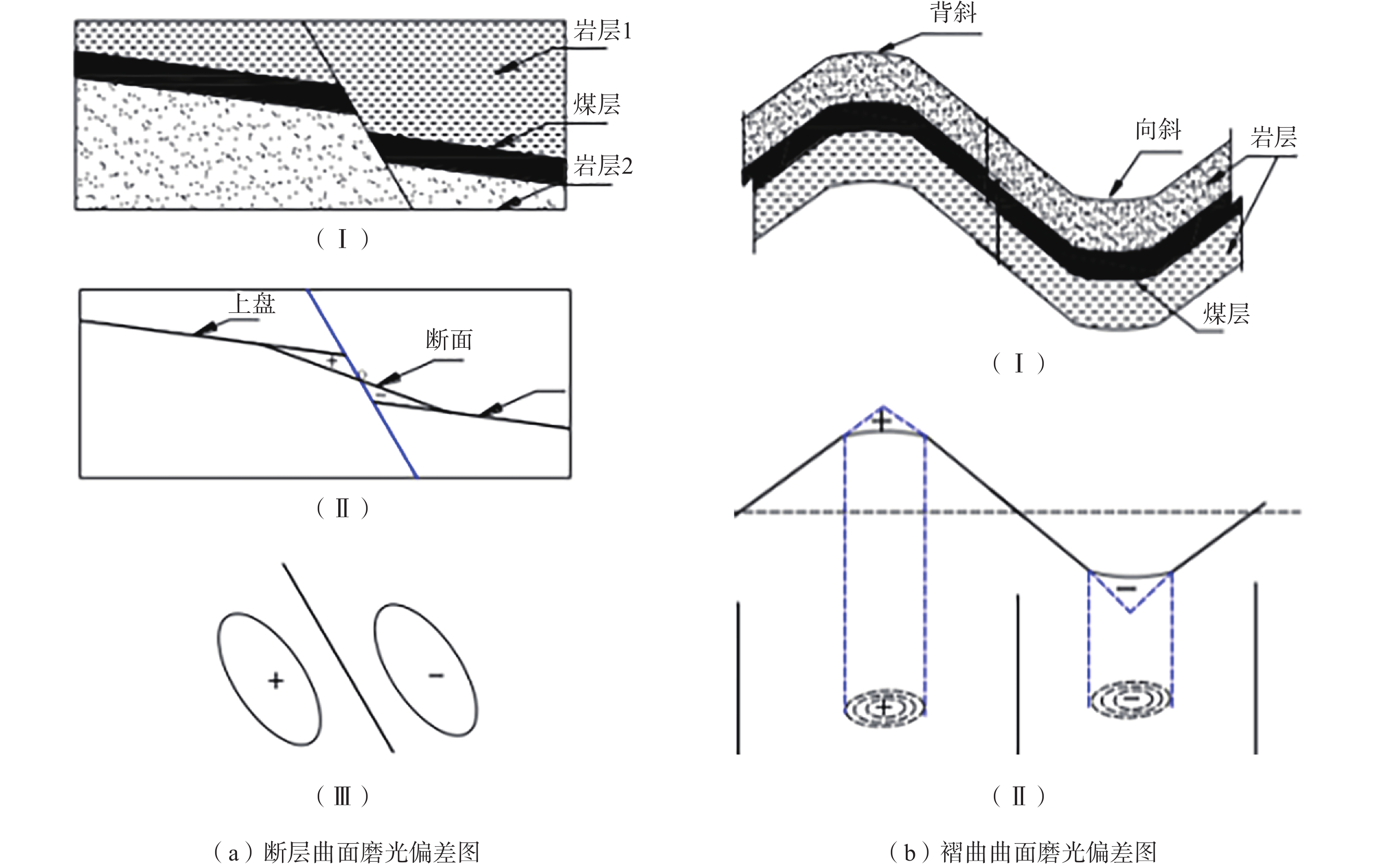
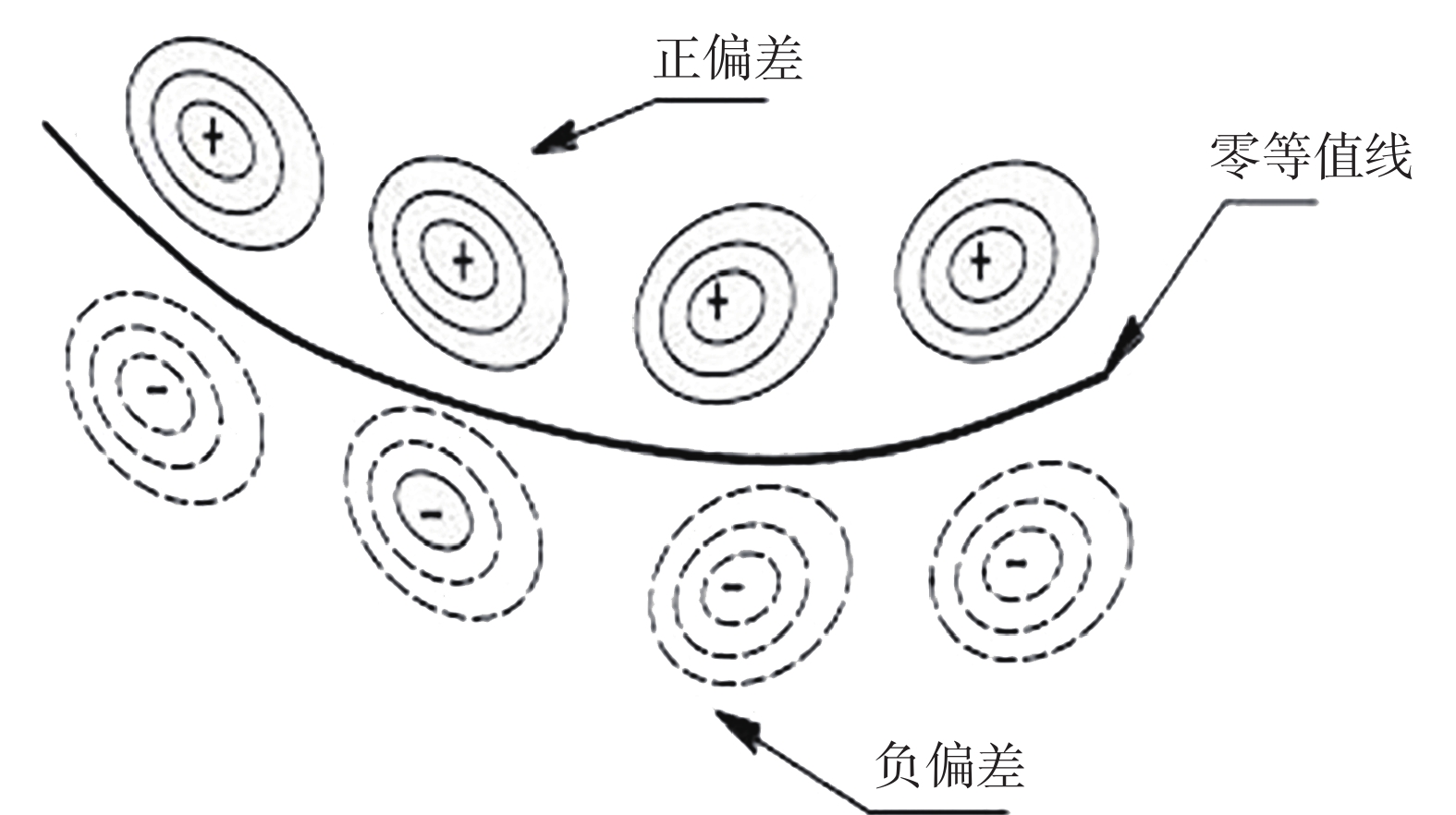
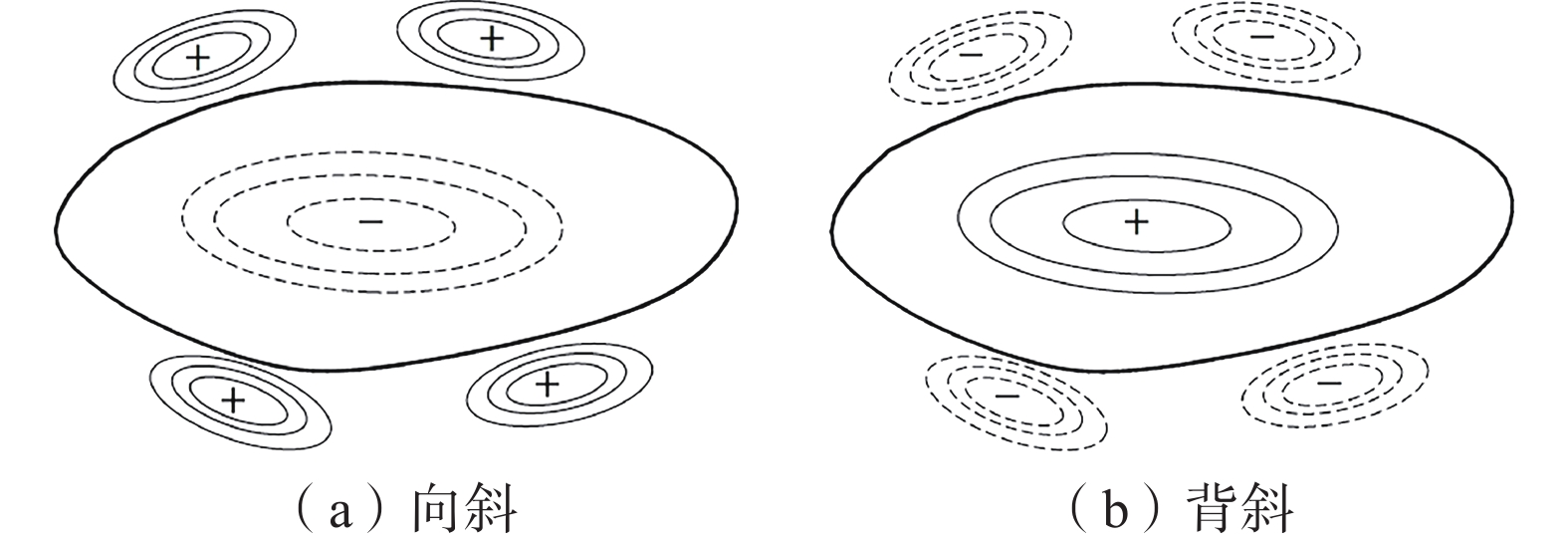

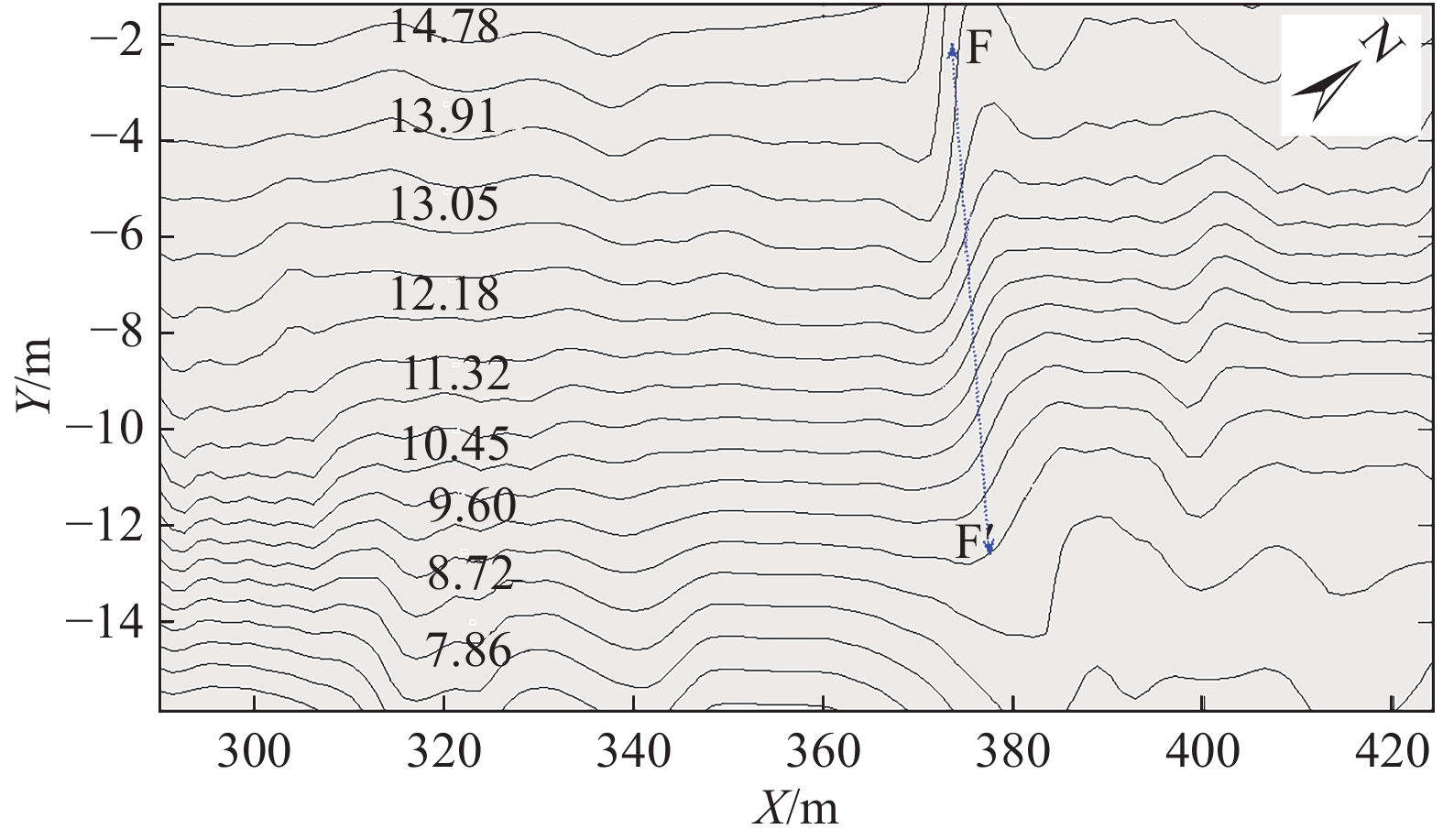
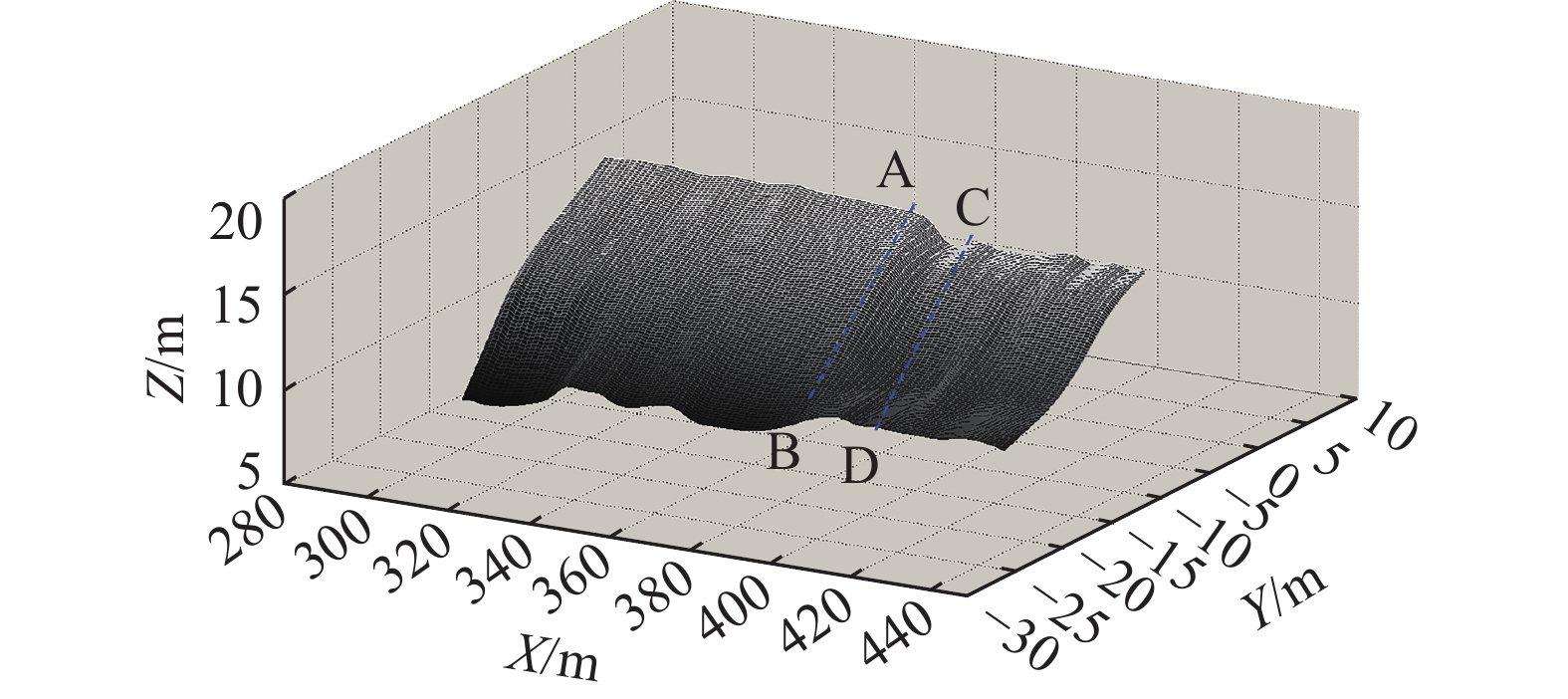
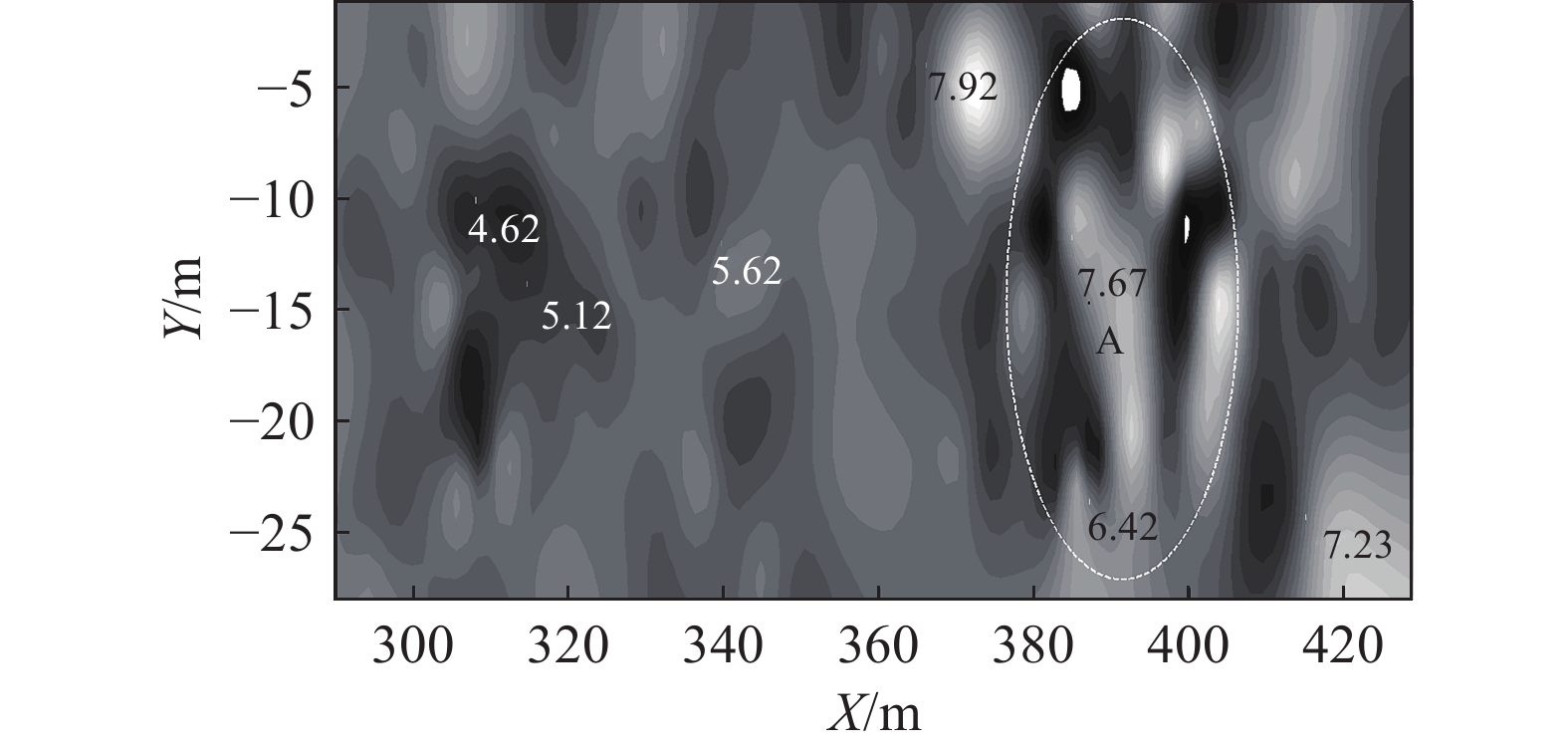
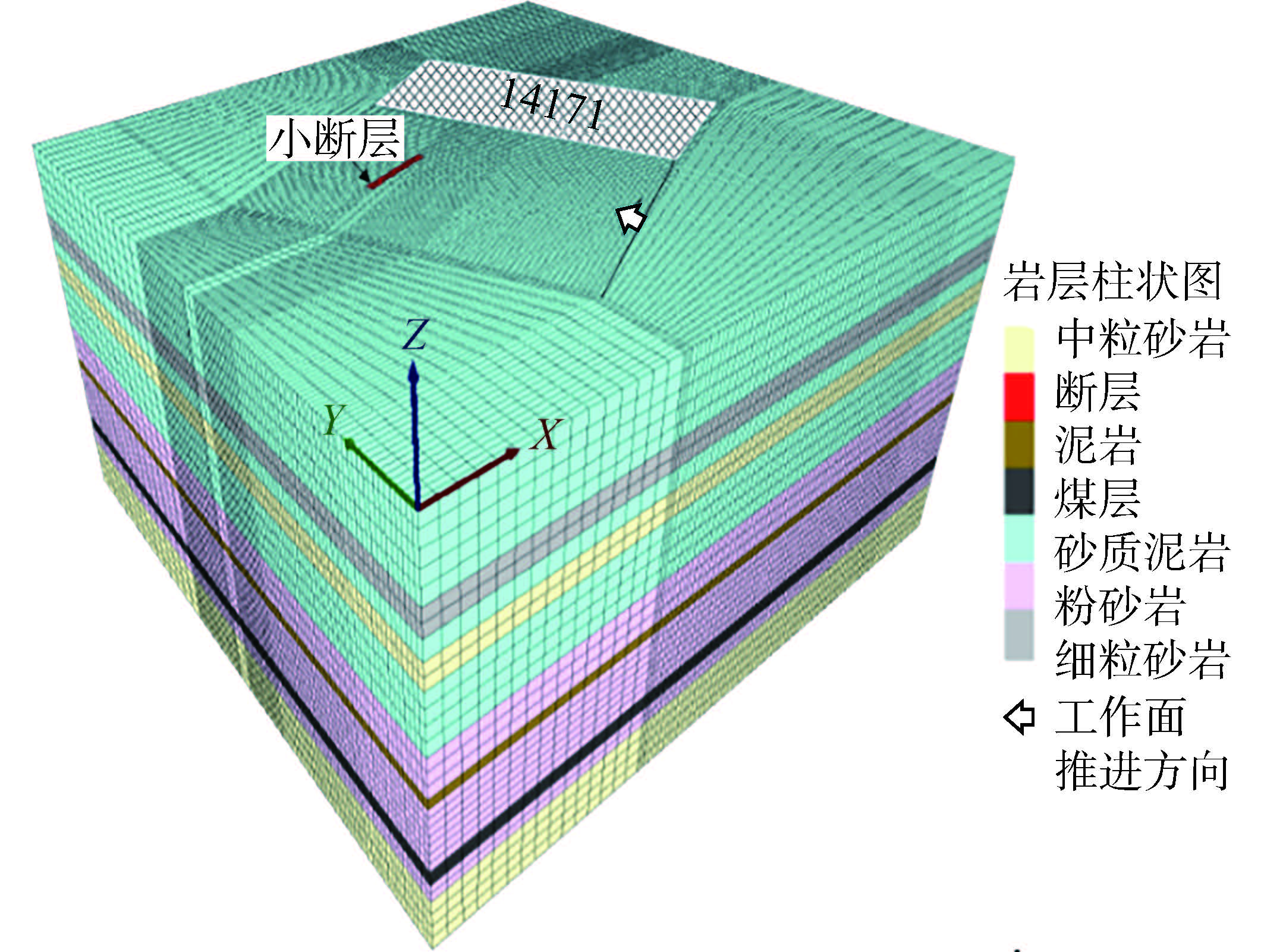
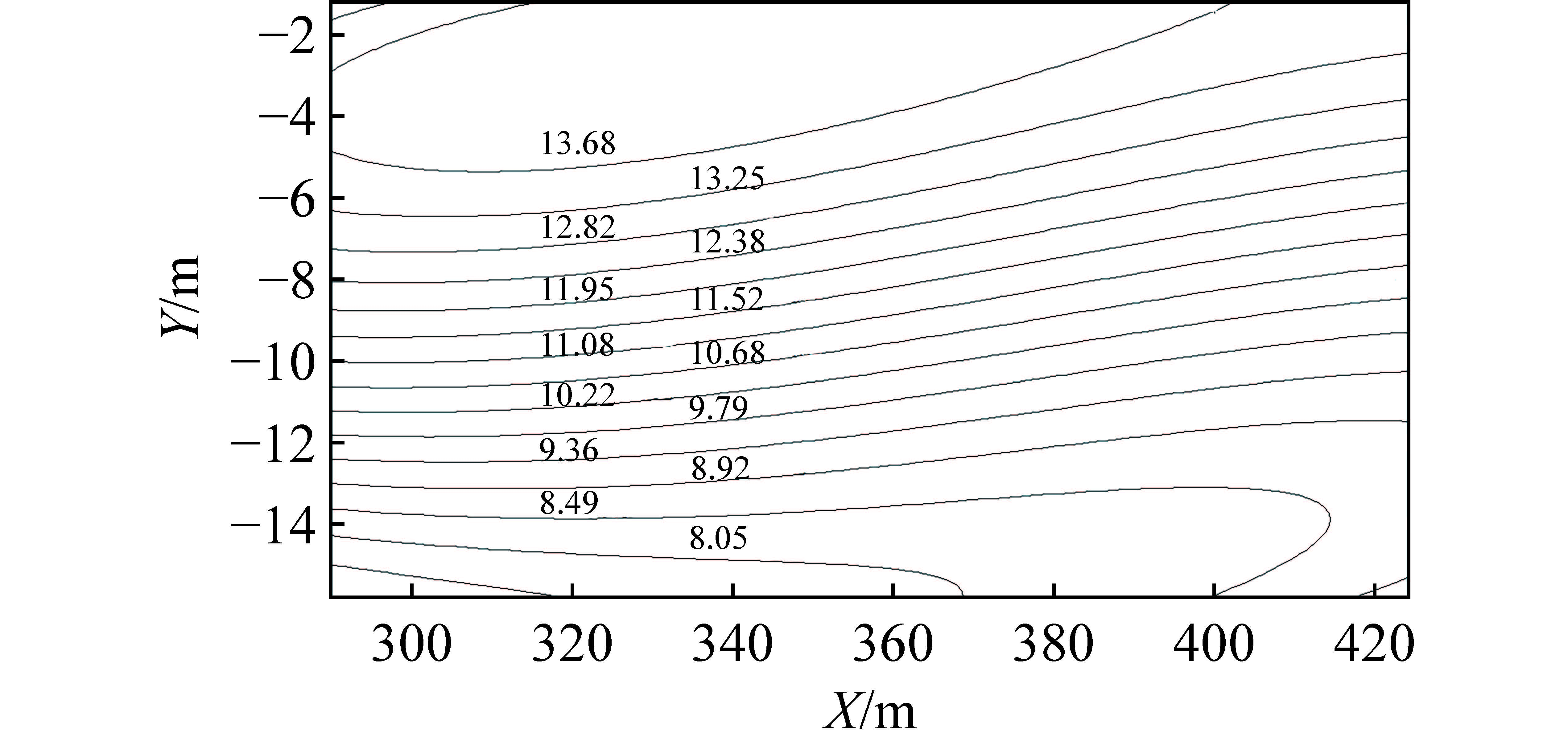
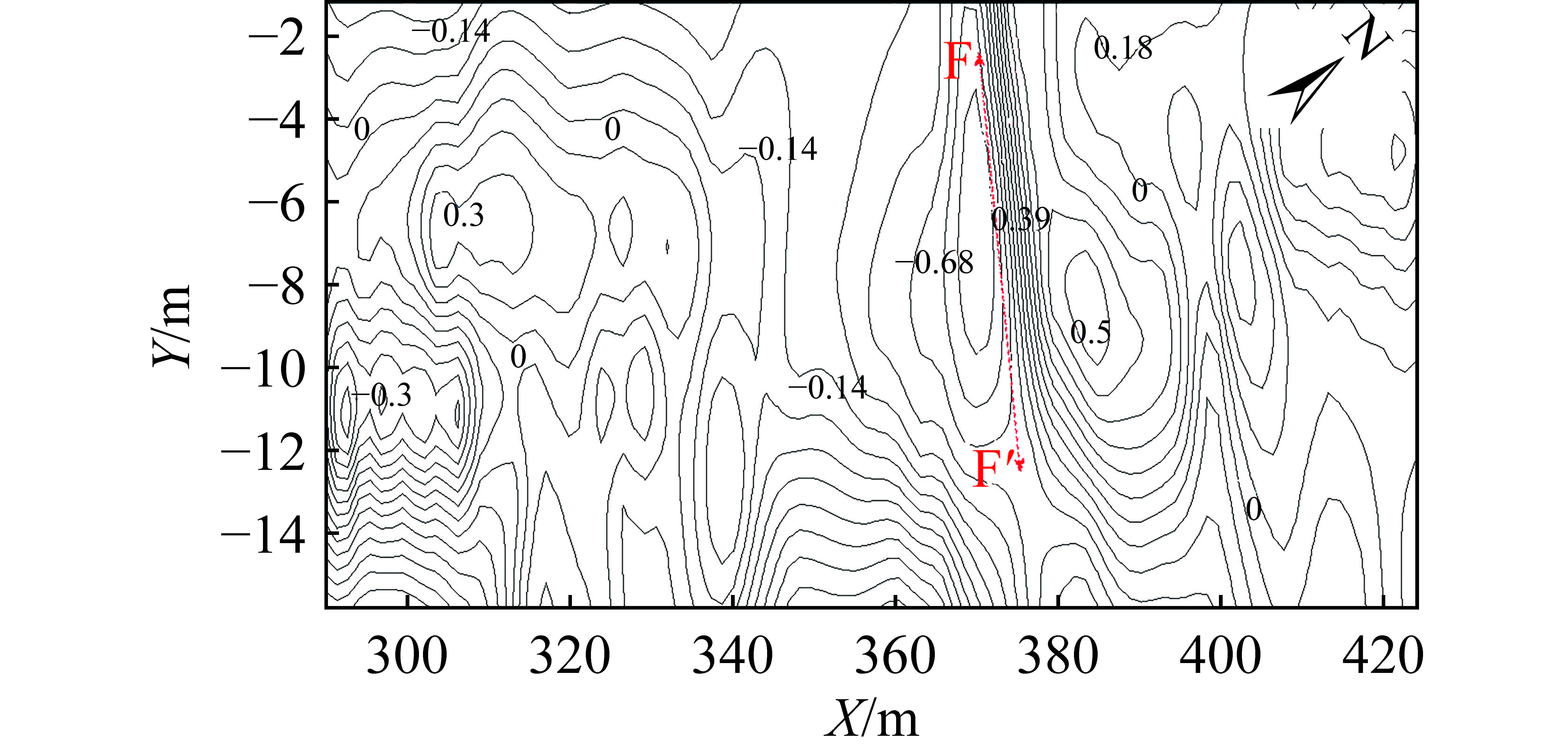


 邮件订阅
邮件订阅 RSS
RSS